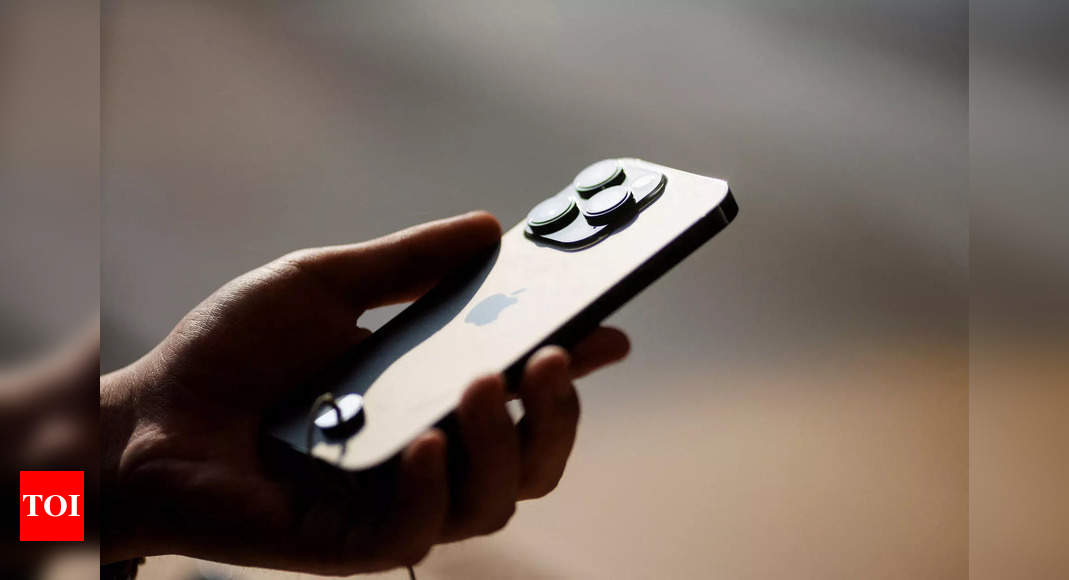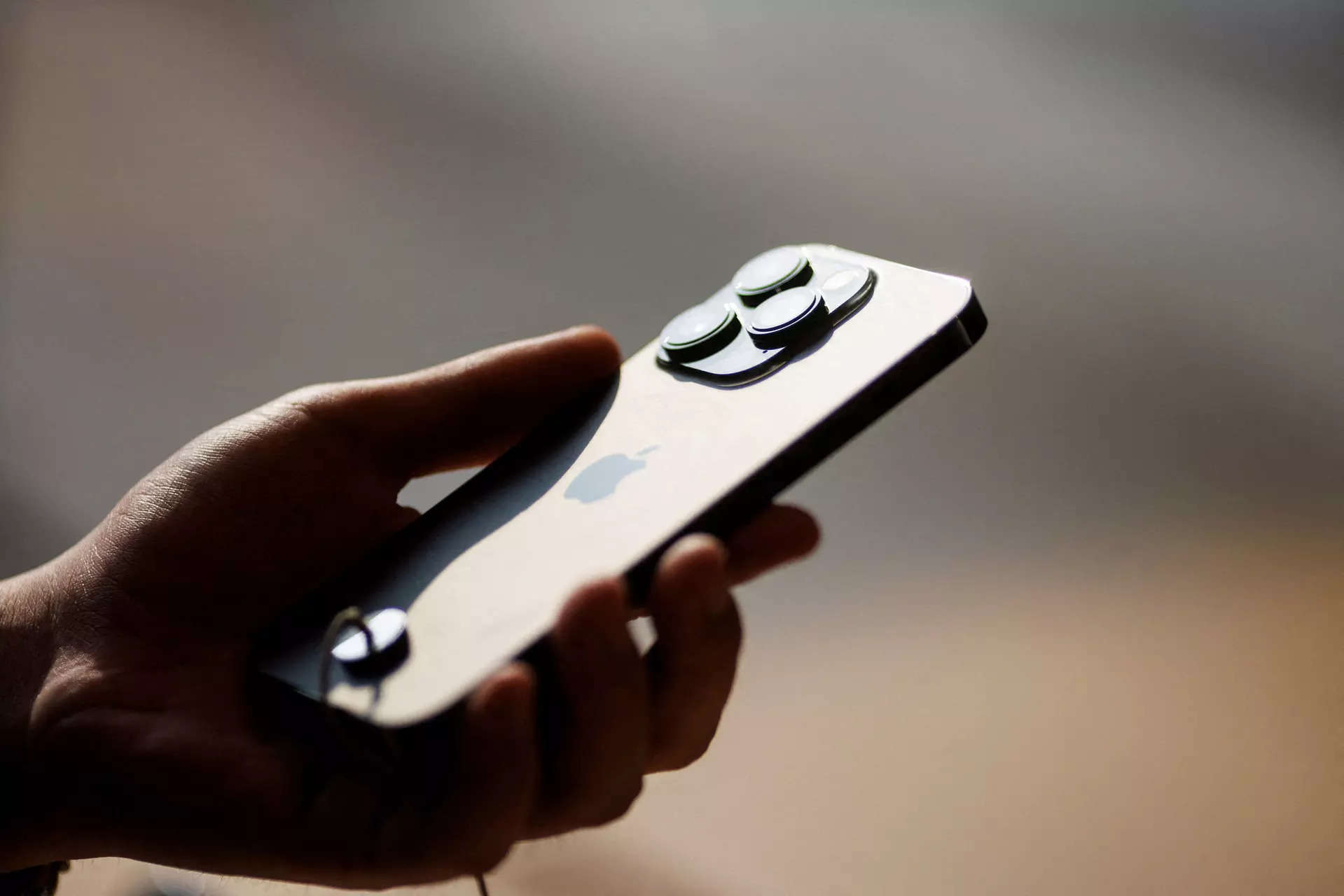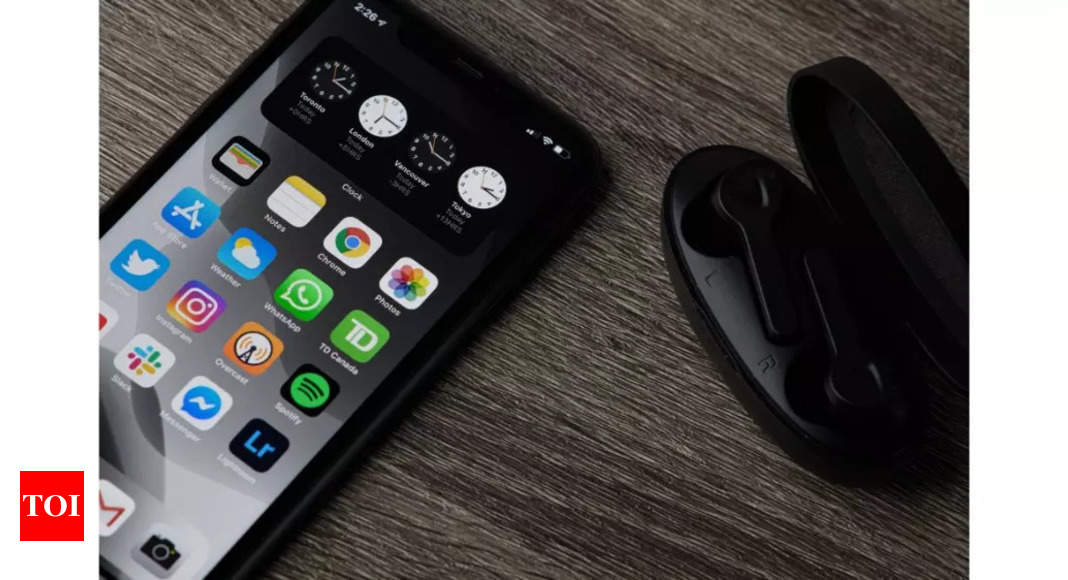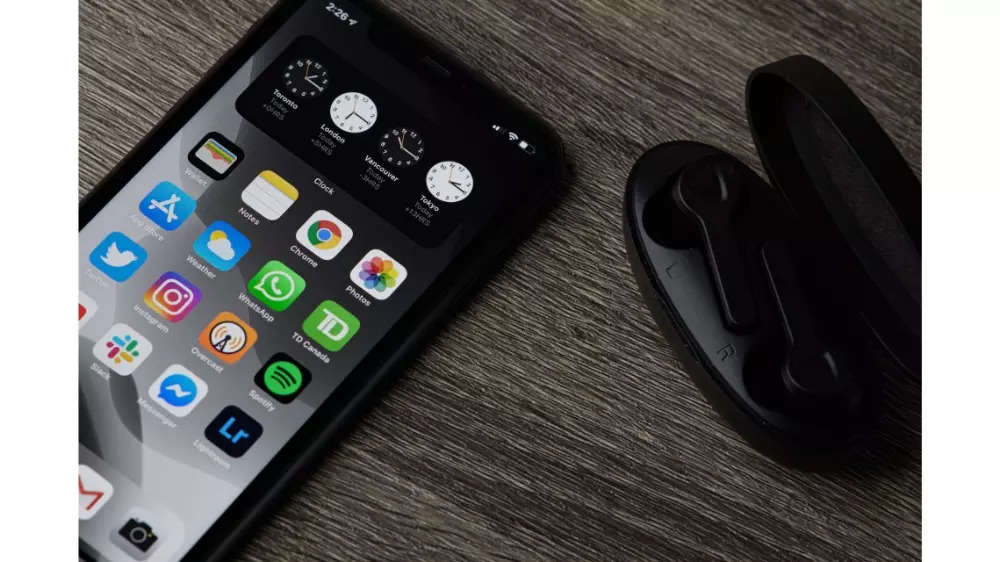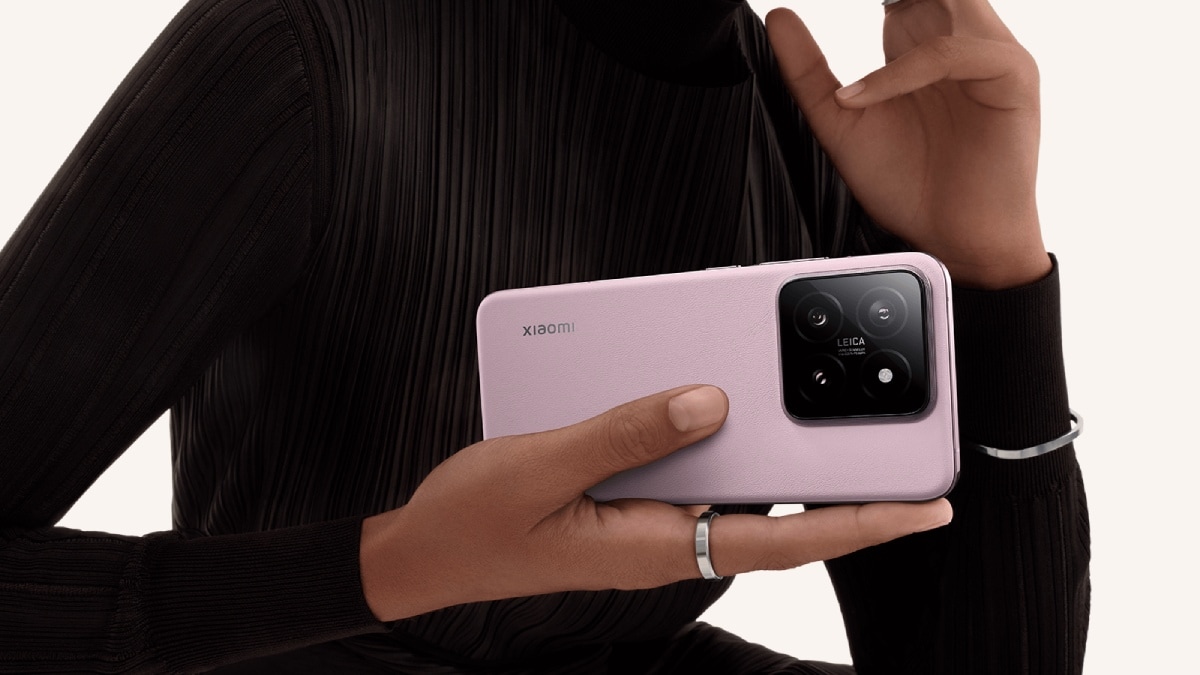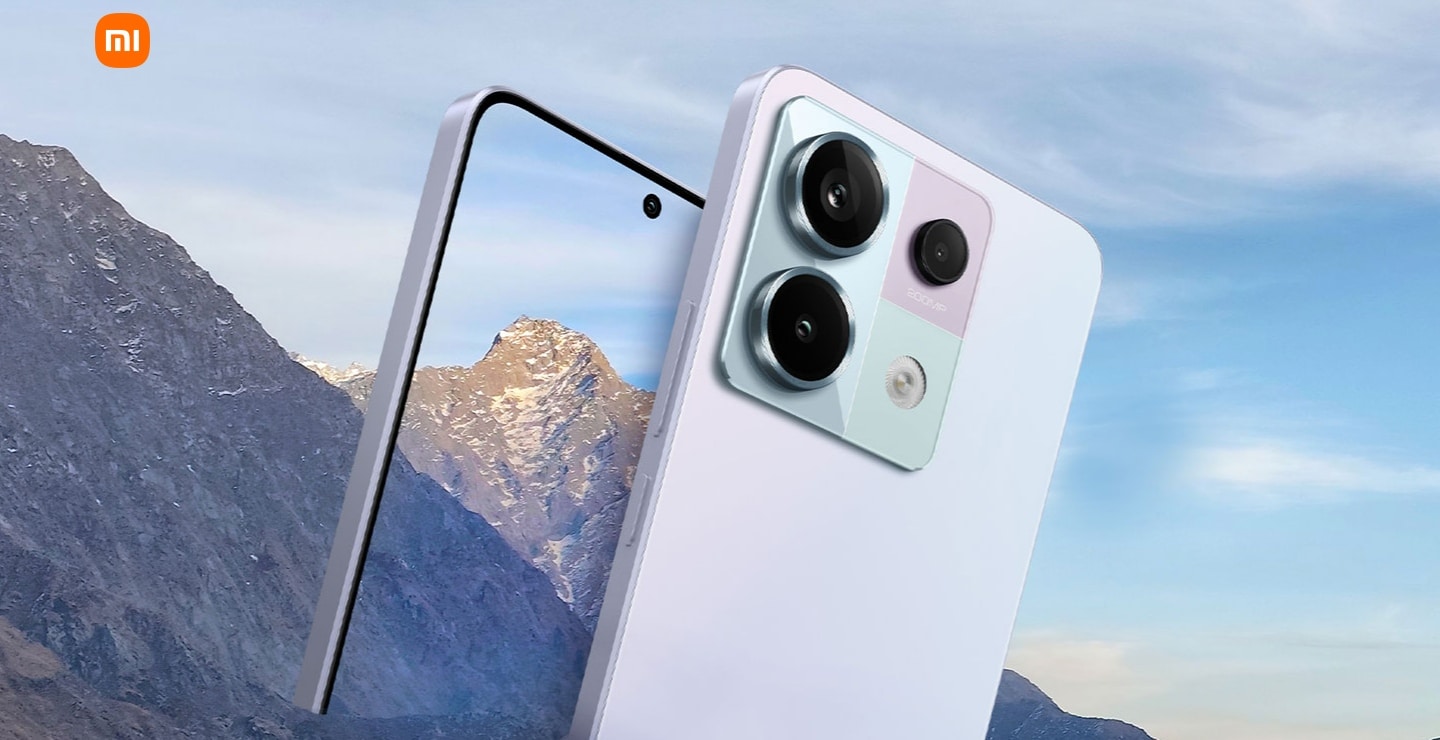5 things about AI you may have missed today: AI adoption by Indian businesses, Nasscom survey, AI in cancer fight, more
[ad_1]
Today, December 26, is the day after Christmas, also known as Boxing Day. As Businesses open again and people return to work, we have new artificial intelligence developments to report on. At first, a Nasscom survey found that the majority of Indian businesses have reported having either matured Responsible AI (RAI) practices and policies or having initiated formal steps towards the adoption of such responsible practices. In other news, researchers at the Chinese University of Hong Kong have run tests and found that doctors can more efficiently catch cancer-causing tumors during colonoscopy with the help of AI. This and more in today’s AI roundup. Let us take a closer look.
Indian businesses take steps for responsible AI adoption
According to a Nasscom survey, almost 60 percent of surveyed Indian businesses have either developed mature Responsible AI (RAI) practices or are in the process of adopting such practices. About 30 percent have a basic awareness of RAI without a formal strategy. The report, based on a survey of over 500 senior executives in India, highlights the industry’s beliefs and perceptions regarding AI compliance. As the demand for RAI grows, industry leaders are investing in advanced tools and strategies, emphasizing transparency in AI practices. The report notes a correlation between businesses scaling up AI maturity and reporting higher RAI maturity.
AI in cancer detection
Researchers at the Chinese University of Hong Kong’s medical faculty have made a groundbreaking discovery, revealing the significant potential of AI to improve tumor detection during colonoscopies, as per a report by the South China Morning Post. The focus is on identifying smaller adenomas, addressing the traditional “miss rate” in lesion detection. Unlike conventional methods, where an endoscope is used, the AI tool acts as an additional set of eyes for less experienced doctors, excelling at identifying potential tumors in video footage. This advancement holds promise for transforming colonoscopy practices and reflects the ongoing evolution of medical technology to enhance diagnostic accuracy and patient outcomes.
AI can detect fake luxury items
Entrupy is using AI to authenticate designer handbags and sneakers in the resale market, focusing on brands like Balenciaga, Burberry, Gucci, and Louis Vuitton. Initially available to luxury goods resellers, the tool aims to build trust with customers concerned about buying authentic products in the resale market.
Speaking with Elle in an interview, Vidyuth Srinivasan, the cofounder and CEO of Entrupy said, “The whole point of doing this is to add trust and make it verifiable as a third party. It’s the consumer having the certainty that this is not just [one] person saying that it’s authentic, there’s also a third party that’s not invested in the transaction, certifying it”.
Sharing personal information with AI chatbots might not be a good idea, says Oxford prof
According to Oxford University’s AI expert, Professor Mike Wooldridge, confiding in ChatGPT about work issues or political preferences could have repercussions, as the information shared helps train future versions of the technology, reported the Guardian. Wooldridge warns that such conversations with chatbots are “extremely unwise” due to potential privacy concerns. He also cautions users not to expect a balanced response, as the technology tends to provide answers that align with user preferences. These insights are part of Wooldridge’s exploration of AI in this year’s Royal Institution Christmas lectures, where he aims to address key questions and dispel myths surrounding this groundbreaking technology.
OpenAI investor says AI can be deflationary for the economy
Vinod Khosla, a billionaire and early backer of OpenAI, anticipates that AI will bring about fundamental changes to the global economy. Khosla, who made a significant investment of $50 million through his venture capital firm in 2019, stands as one of the early investors of OpenAI, marking the largest investment in the firm’s 15-year history.
He posted on X, “AI should be hugely deflationary over twenty five years. Capital should be scarce for a while, current measures of GDP and the economy will be less relevant but goods and services should be in great abundance. The key question is what are the right measures and the right questions”.
[ad_2]
Source link



